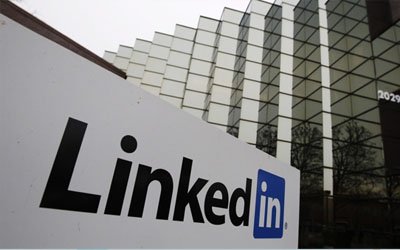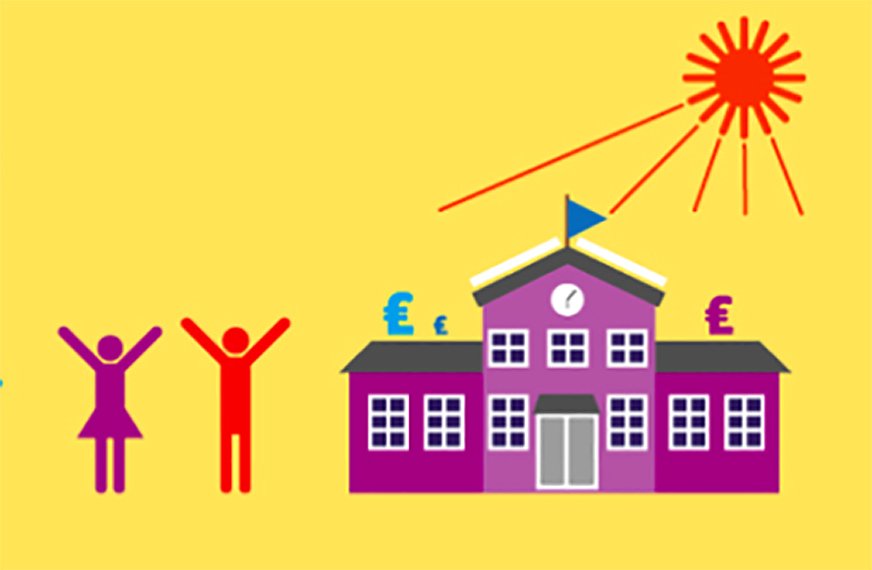
There are different forms of security standards. While some assist with requirement compliance, others enable you to prove the compliance of your organization to protocols. SOC 2 and ISO 27001 worth hand in hand to secure your data ecosystem and prove the integrity of your information environment. It is important to understand how ISO 27001 complements successful SOC 2 reporting.
SOC 2 vs. ISO 27001: How to Choose the Right Assessment for Your Company
Understanding ISO 27001 Compliance
ISO 27001 introduced the requirements in the industry of information security management systems often referred to as (ISMS). It was created by the International Standards Organization (ISO) to emphasize the preservation of integrity, confidentiality, and availability of data in compliance with risk management protocols.
ISO 27001 has an Annex A that enlists several controls for the creation of flexible campaigns for data security. Management of these extended control sets has the ability to transfer, avoid or accept vulnerabilities instead of managing them within controls.
Understanding ISMIS
The information security management system (ISMS) at an organization should focus on the interrelation of employees, technology, and data. For instance, password protection awareness and employee security awareness should be the basis of corporate culture of data protection.
ISO/IEC 27001 stresses on the importance of developing an ISMS. Sadly, it only gives suggestions for procedures instead of offering specific guidelines. Examples of these suggestions are continuous monitoring, internal audits and preventive/corrective measures.
Understanding a SOC 2report
SOC stands for service organization control. A SOC report consists of three flavors. An organization can use this report to review its information security. In addition, it reviews the potential service provision of third parties in its vendor management efforts.
SOC 1 reports have for a long time been employed to prove financial reporting controls. On the other hand, SOC 2 emphasizes on Trust Services Criteria (TSC) for overall controls in the IT landscape. These help to guarantee upstream and downstream clients of the protection of their data.
There are Type 1 and Type II SOC 2 reports. Type 1 SOC reports emphasize a company’s management description of controls and their efficiency at a particular time. Next, an auditor develops a report based on his professional opinion and on the description.
On the other hand, a Type II SOC 2 report uses the American Institute of Certified Public Accountants (AICPA) requirements. It goes further than just one review. A company must implement documentation to prove the efficiency of controls at all times of the audit.
There is a big difference between Type 1 and Type II SOC 2 reports. While one indicates the efficiency of a single day of the audit, the other indicates prove of data protection over longer periods. Longer assurance wins customers over as far as your ability to protect their information is concerned. The only drawback is that the process is longer and ore costlier.
ISO 27001’s compliance for successful SOC 2 report
You must show your compliance with AICPA’s documentation requirements as part of SOC reporting. AICPA emphasized on Statement on Standards for Attestation Engagements (SSAE) 16 requirement until May 2017. The current SSAE 18 attestation requirement has several adjustments for documentation needed to prove controls.
The new attestation needs you to review not just your own data controls but also those of your vendors. That is why your ISMS should protect your data while also engaging your entire organization.
It can safely be summarized that ISO 27001 ISMS is the basis of security management. If your company’s data environment is updated, it means that you are already engaged in the numerous activities needed by SSAE 18 attestations with SOC 2 audit.
Understanding vendor management under ISO 27001
Establishing convenient service level agreements (SLAs) is just part of vendor management as stipulated by ISO 27001. This keeps your data and that of your customers safe from malicious attacks. After that, SLAs must bind vendors to keep data environments safe. You cannot rely on their reports. Instead, audit them regularly.
The control of your own information is the central phase of the vendor relationship. Above writing contracts with vendors and monitoring their activities, you have to have access controls to always keep the integrity of your data ecosystem.
How ISO 27001 and SOC 2 integrate
ISO 27001 emphasizes on control of your data and that of vendors. While you employ SOC 2 reports to check your vendors, clients use the same protocols to review your capabilities. Risk-based guidelines are products of ISO 27001. When you stress the importance of company-specific assets, you have the control over protocols that best protect your data ecosystem.
In the same way, ISO 27001 gives guidelines to assist you to adhere to SSAE 18 attestation needs. You have to be quite disciplined with auditing and monitoring. Otherwise, the continuous documentation that comes with regular auditing can often be overwhelming.
Author Bio

Ken Lynch is an enterprise software startup veteran, who has always been fascinated about what drives workers to work and how to make work more engaging. Ken founded Reciprocity to pursue just that. He has propelled Reciprocity’s success with this mission-based goal of engaging employees with the governance, risk, and compliance goals of their company in order to create more socially minded corporate citizens. Ken earned his BS in Computer Science and Electrical Engineering from MIT.
This is an article provided by our partners’ network. It might not necessarily reflect the views or opinions of our editorial team and management.
Contributed content

Founder Dinis Guarda
IntelligentHQ Your New Business Network.
IntelligentHQ is a Business network and an expert source for finance, capital markets and intelligence for thousands of global business professionals, startups, and companies.
We exist at the point of intersection between technology, social media, finance and innovation.
IntelligentHQ leverages innovation and scale of social digital technology, analytics, news, and distribution to create an unparalleled, full digital medium and social business networks spectrum.
IntelligentHQ is working hard, to become a trusted, and indispensable source of business news and analytics, within financial services and its associated supply chains and ecosystems





























